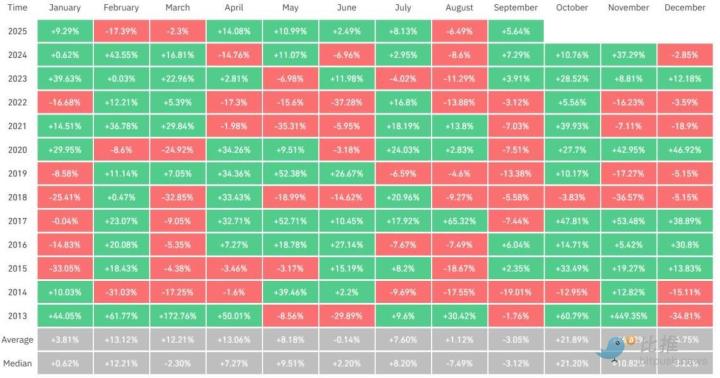It was in 2019 when Leonard, now the CEO of Aster, was working as a product manager at a major exchange, back when the team had just a few hundred employees — before it grew into the behemoth it is today.
At the time, Leonard saw a lot of capital flowing into centralized exchange startups wanting to share part of the rapidly growing crypto trading market. Cut to a few years later and he witnessed the same thing with Hyperliquid breaking fresh ground in the decentralized exchange space and other projects following suit. It was at this time when he kickstarted Aster, as it emerged from a merger between two leading projects, Apollox and Astherus with backing from YZi Labs.
“Hyperliquid opened up everyone’s mind that you can compete with centralized exchanges. Today, all major crypto players are creating their own orderbook DEX, Bybit is working on one, Ex-FTX guys are doing another one. We’re doing one on the BNB Chain ecosystem,” Leonard told The Block. “Everyone now is trying to come up with their version of what they think will survive.”
“There will be competition between them and in the future at least three to five DEXs will flourish specializing in different things,” he added. With so much room to grow, he argued DEXs don’t need to fight among themselves.
“We should be getting users from CEXs because DEXs are the future. We don’t have to poach users from each other. We can just focus on being the best at what we do and target different audiences that are not already on DEXs,” he said.
The core to Aster’s approach is a hybrid model of a simple trading mode, similar to GMX — where liquidity providers are the counterparty — and a Pro mode with an offchain orderbook, similar to Hyperliquid.
The trades take place on Aster’s own blockchain Aster Chain Beta, which is currently in private access. Leonard says there are plans to make it more public in Q4, potentially through a public block explorer, but it’s not the main priority to make it a permissionless ecosystem like Hyperliquid is doing.
“For us, I would say we take a different approach to this. We want to make sure that most of the services and products that are available on CEXs would eventually be available on decentralized infrastructure, which makes it more transparent and allows self-custody and a fairer profit distribution,” he said.
To find success in its own niche, Aster is experimenting with new product offerings. It has leant into the tokenized equities market, enabling traders to speculate on future prices of traditional equities. While these aren’t spot tokenized equities, that’s something it can introduce in the future if demand for the product grows.
It has also developed hidden orders in response to recent calls from prominent trader James Wynn that there should be more privacy on DEXs. The trader suffered a $100 million loss after his large derivatives positions were hunted and liquidated. Aster’s hidden orders don’t show up in the orderbook but are available as liquidity to be traded against.
Aster launched its token on September 17. “The purpose of the token is to redistribute the value that we generate back to our users,” said Leonard. He explained that Hyperliquid has done well in distributing in a transparent manner and that Aster will learn from that but potentially iterate with the idea in new forms.
After this, staking will need to be introduced as part of the eventual launch of Aster’s blockchain. Through this commitment to decentralization and the willingness to innovate — with a strong product focus from Leonard’s Binance days — Aster will be going straight after CEX users.
Leonard said, “I hope in a year or so you’ll look at Aster and say it has most of the features a top CEX has with better user experiences.”








